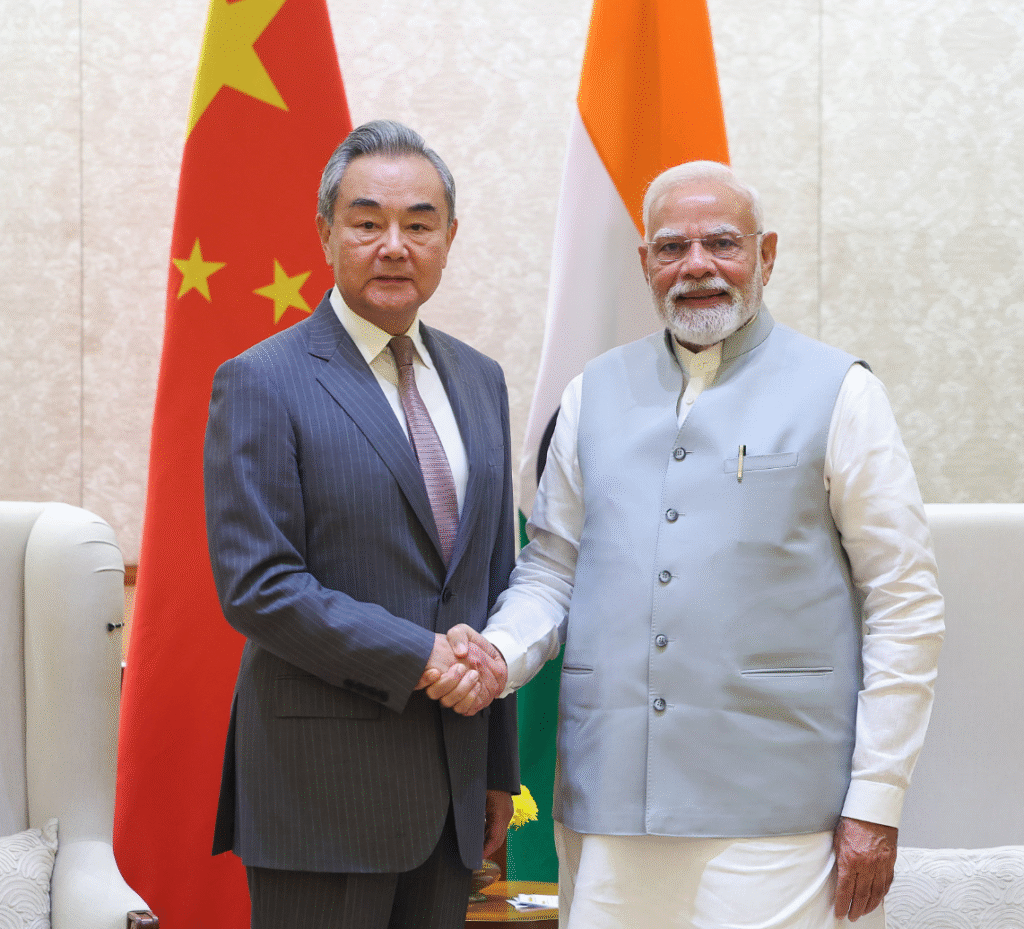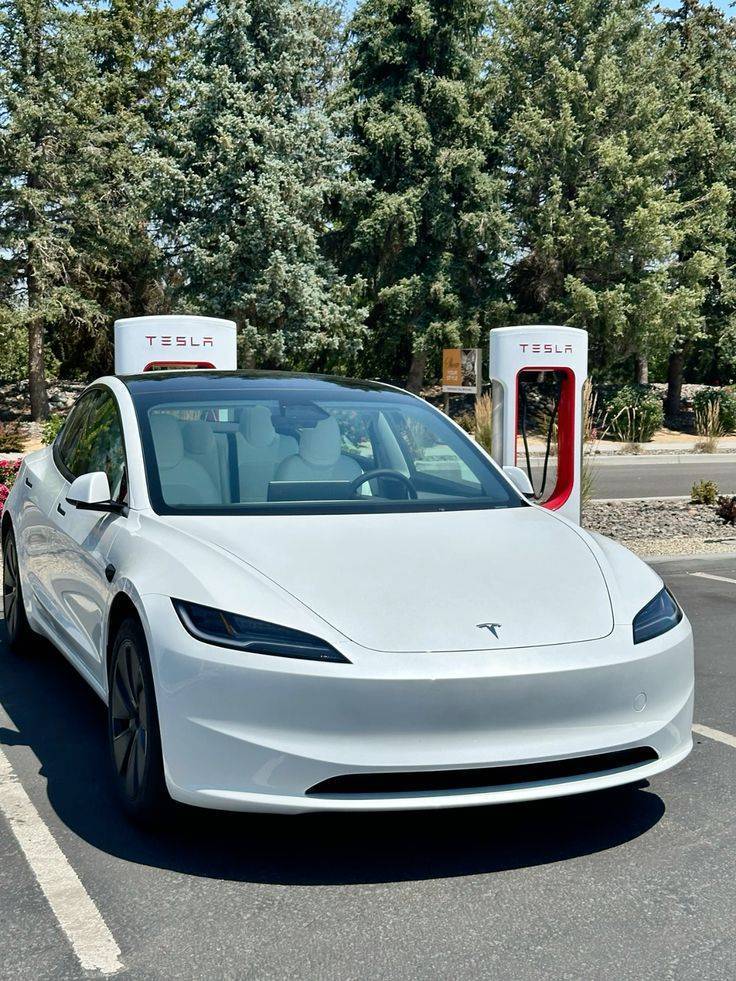NEW DELHI, [19 August] – In a potentially pivotal moment for Asian geopolitics, the foreign ministers of India and China have announced a renewed and accelerated push towards finding an “early settlement” to their protracted and perilous boundary dispute. The agreement, reached during high-level talks between India’s External Affairs Minister, Dr. S. Jaishankar, and his Chinese counterpart, Wang Yi, signals a shared intent to move beyond the military stalemate that has defined relations since the deadly Galwan Valley clash of 2020. However, seasoned observers caution that while the language is positive, the path to actual boundary delimitation remains fraught with complexity, historical baggage, and deep-seated strategic mistrust.
The announcement moves the dial from managing crises and facilitating disengagement at specific friction points to addressing the root cause: the undefined and contested 3,488-kilometer-long Line of Actual Control (LAC).

From the Ground Up: The Context of Stalemate and Disengagement
The talks did not occur in a vacuum. The last four years have been the most militarily tense in decades along the LAC. The Galwan incident, which resulted in the loss of lives on both sides, marked a watershed moment, fundamentally rupturing bilateral trust.
Since then, diplomacy has been primarily focused on crisis management through military and diplomatic talks (the Working Mechanism for Consultation & Coordination (WMCC) and Corps Commander-level meetings). These talks have seen success in achieving disengagement at several key flashpoints like Pangong Tso, Gogra (PP-17A), and Hot Springs (PP-15).
However, major sticking points like Depsang and Demchok remain unresolved, with thousands of troops still deployed forward in a state of high alert. The context, therefore, is one of a fragile peace, precariously maintained by layers of temporary agreements. The new commitment to “early settlement” is an attempt to build a more permanent and stable foundation.
Decoding the Diplomatic Language: What Was Agreed?
The joint statement and comments from both ministers used carefully chosen language that reveals both the consensus and the challenges.
“Early Settlement”: This is the most significant takeaway. It implies a top-level political directive to bureaucrats and diplomats to fast-track discussions. It moves the boundary question from the back burner to a priority agenda item.
“Respecting the LAC”: Both sides reiterated the importance of respecting the LAC and ensuring peace in the border areas. This is the foundational prerequisite for any meaningful talks on delimitation. For India, this has always meant reverting to the pre-April 2020 situation and resolving any outstanding issues.
“Bilateral Engagement”: The emphasis on resolving the issue bilaterally, without external mediation, is a constant in India-China relations. It underscores a shared, albeit reluctant, acknowledgment that they alone must solve this problem.
“Three-Step Plan”: While not new, the reference to the existing three-step resolution plan is crucial. This plan, agreed upon in principle years ago, involves:
Reaching a Political Consensus: The highest leadership must provide the mandate for a solution.
Finalizing a Framework Agreement: Diplomats and experts would draft a broad framework for resolution.
Delimitation and Demarcation: The technical process of drawing the exact boundary line on maps and eventually on the ground.
The current talks seem focused on injecting momentum into the first two steps.
The Mountain of Challenges: Why “Early” Might Be Relative
Despite the positive optics, the road to delimitation is incredibly steep.
Differing Perceptions of the LAC: This is the core problem. There is no mutually agreed-upon line on a map. Both sides have vastly different claims, leading to overlapping patrolling routes and perceived transgressions. The single largest obstacle is closing this perceptual gap.
The Legacy of 2020 and Trust Deficit: The PLA’s massive forward deployment in 2020 shattered the foundational agreements that had maintained peace since 1993. Rebuilding even a minimal level of trust for such a sensitive negotiation will be a Herculean task. India will be wary of any agreement that legitimizes Chinese gains.
Strategic Rivalry and Global Context: The border issue cannot be divorced from the broader strategic competition. China’s close ties with Pakistan (and its involvement in Pakistan-occupied Kashmir), its growing influence in the Indian Ocean, and India’s deepening strategic partnership with the Quad nations (US, Japan, Australia) all cast a long shadow over bilateral talks. Concessions on the border could be seen as a weakness in this larger contest.
Domestic Political Considerations: In both democracies and authoritarian states, nationalistic public sentiment plays a role. Any perceived compromise on territorial integrity is a politically volatile issue for leadership in both New Delhi and Beijing.
The Way Forward: Cautious Optimism and a Long Road
An “early settlement” likely does not mean a resolution in months or even a couple of years. Rather, it signifies a re-energized political process with a clear end goal.
The immediate steps will likely involve:
Intensified Diplomatic Dialogues: More frequent meetings of the WMCC and Special Representative talks.
Completion of Disengagement: A renewed push to resolve the remaining friction points in Depsang and Demchok, creating a more conducive environment for broader talks.
Technical and Expert Meetings: Reconvening joint teams of cartographers and surveyors to compare notes and maps—a painstaking but essential process.
Conclusion: A Necessary First Step on a Long March
The agreement between Jaishankar and Wang Yi to seek an early settlement is a significant and necessary diplomatic development. It represents a conscious choice to de-escalate rhetoric and focus on a political solution rather than managing a perpetual military standoff.
However, it is merely the first step on a long and arduous journey. The announcement opens a door that had been firmly shut since 2020. Whether both nations can muster the political will, compromise, and trust to walk through it and finally settle one of the world’s most intractable border disputes remains the billion-dollar question. For now, cautious optimism, underpinned by rigorous scrutiny of on-ground actions, is the only prudent stance. The world will be watching, for the resolution of the India-China boundary will not just reshape the geography of the Himalayas but the strategic landscape of the entire Indo-Pacific.
India and China hail warming ties amid Trump-induced geopolitical shake-up – The Guardian
for more news click here


